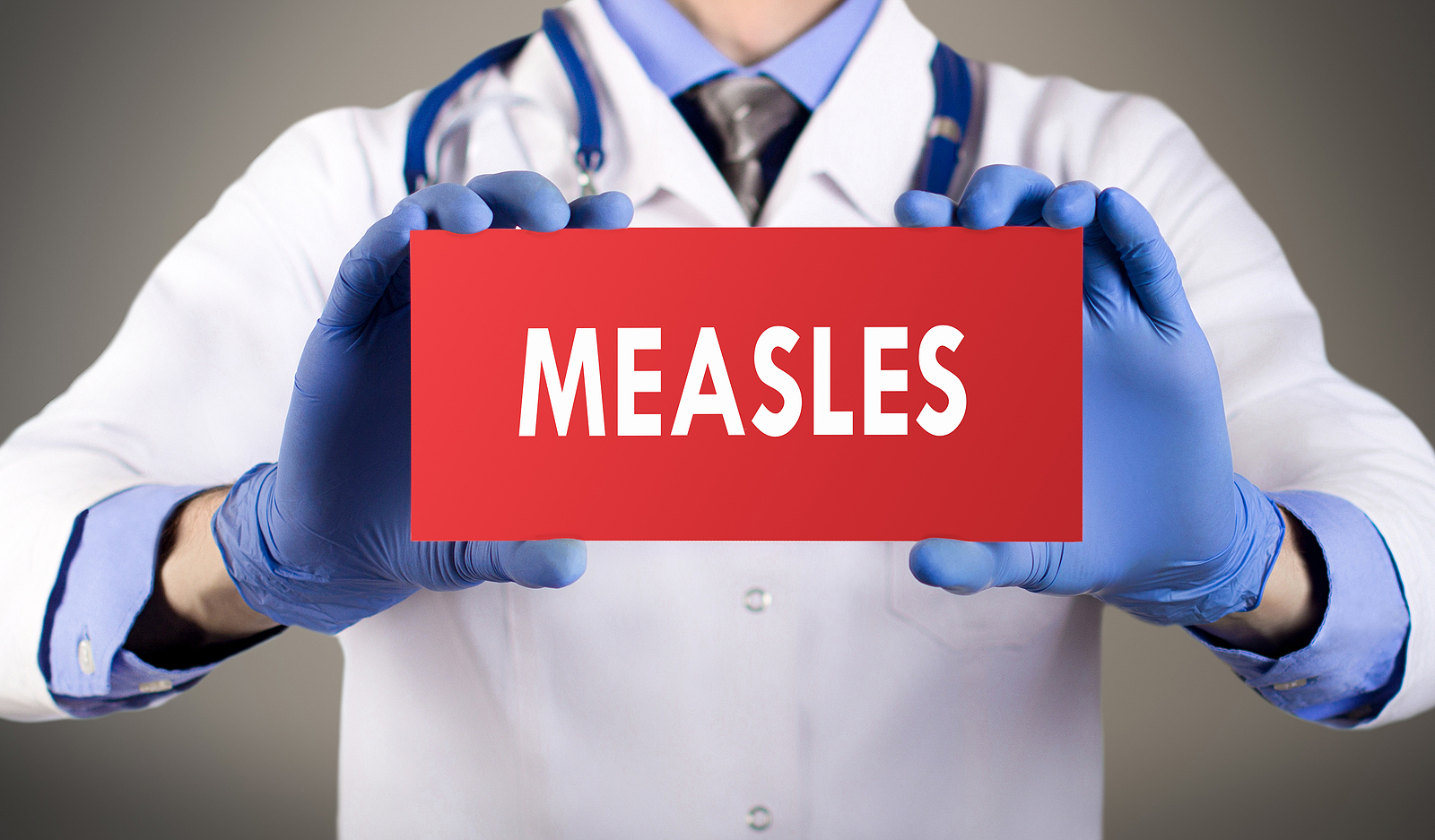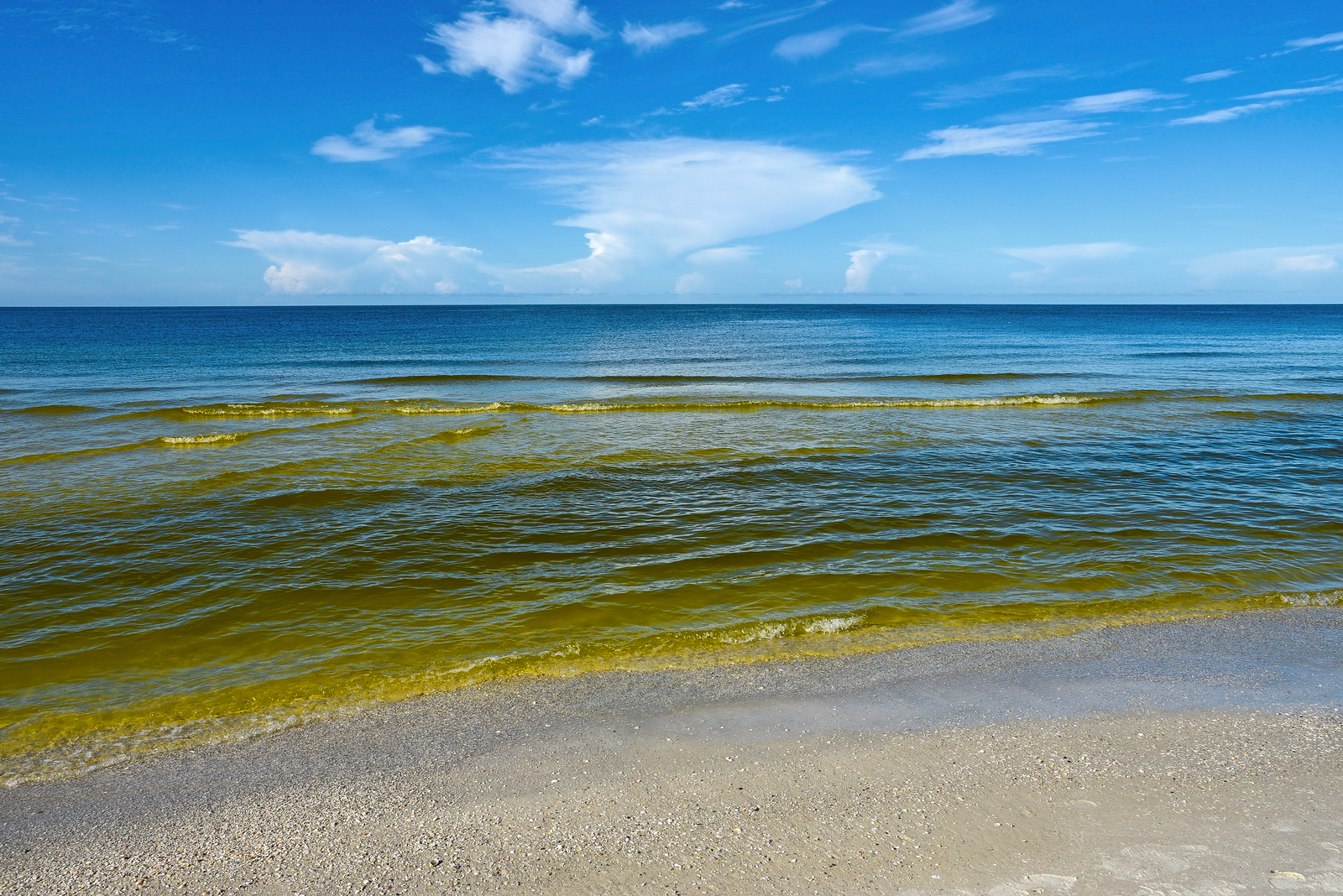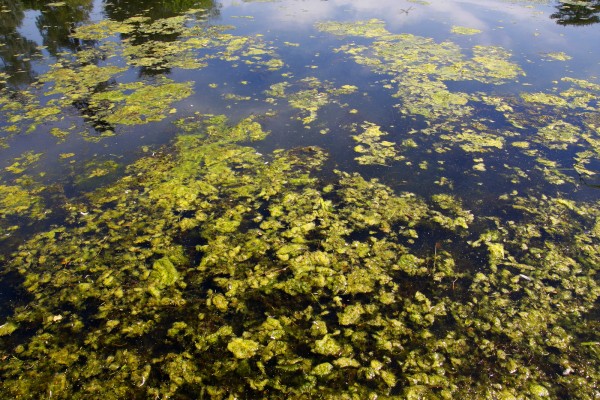Harmful Algal Blooms (HABs)
Program Contacts
Bryan Lynch, REHS
Program Manager
216.201.2000 ext 1263
blynch@ccbh.net
Megan Symanski MA, REHS
Supervisor
216.201.2000 ext 1248
msymanski@ccbh.net
Cyanobacteria, often called blue-green algae, are bacteria that are naturally found in Ohio lakes, ponds, and slow-moving streams. Although many species of algae do not produce toxins, some species of blue-green algae can cause Harmful Algal Blooms (HABs).
Under the right water conditions, which usually occur in the warmer months, the number of these blue-green algae can dramatically increase, or “bloom.” Scientists do not fully understand what causes the same species of algae to trigger toxin production during one bloom and not produce toxins during the next. The toxins produced may affect the liver, nervous system, or skin.
Some blooms can look like foam, scum, or mats on the surface of freshwater lakes and ponds. The blooms can be blue, bright green, brown, or red and may look like paint floating on the water. Some blooms may not affect the appearance of the water.
Algal blooms have become more noticeable in Ohio’s lakes, streams, and rivers during the last few years. The western basin of Lake Erie (Toledo area) has been adversely affected by HABs. Isolated HAB events have also been documented in the central basin of Lake Erie (Greater Cleveland area).
Remember the following:
- Avoid contact with water if there are visible signs of algae present
- Rinse yourself and your pet off after swimming in any pond, lake, or stream
- Do not drink untreated surface water
- Do not allow children or pets to play in or drink water if visible algae scum is present
If you see surface scum or what looks like blue-green algae at a local beach, please contact us at 216.201.2000.
Our water quality staff have the capability to collect samples to identify the presence of toxins associated with HABs.





